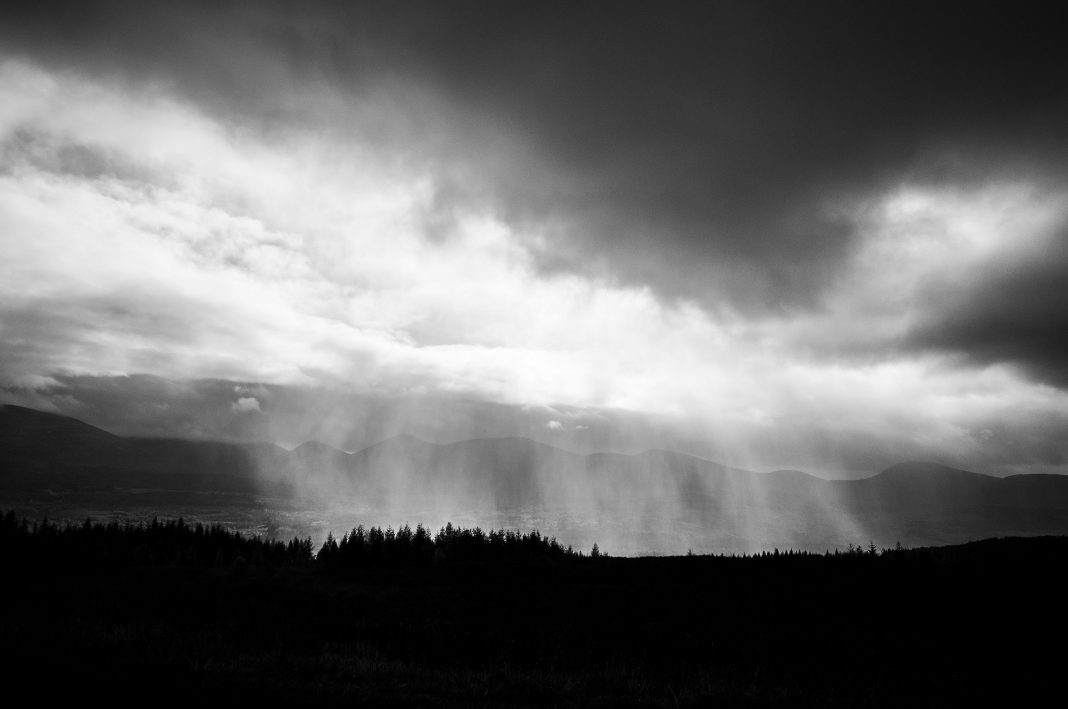The following is an excerpt (Chapter I, pages 9-11) from Ancient and Medieval History (1946) by Francis S. Betten, S.J. Although some information may be outdated, the Catholic historical perspective it provides remains pertinent. Use the link at the bottom of post to read the previous/following pages. Use Search to find specific topics or browse using the Resources tab above.
PART ONE: THE MOST REMOTE TIMES OF MANKIND
CHAPTER I
FROM THE CREATION TO THE DELUGE
1. The First Men. — “In the beginning God created heaven and earth.” In six periods called “days,” He prepared the earth further to be a fit dwelling place for man. Then “God formed man of the slime of the earth and breathed into his face the breath of life, and man became a living soul.” Man thus came directly from the hands of his Creator, endowed with perfect faculties of body and soul, and with a wonderful knowledge of the natural things which surrounded him. To make Adam the true fountainhead of mankind, the first woman, Eve, was created from his body. She was to be his “helpmate” in the occupations of his earthly existence, and his perfect equal in the vocation to eternal life. Thus God established matrimony.
God had raised man from the beginning above the natural order by endowing him with Sanctifying Grace which elevated him to a supernatural order. He had besides bestowed upon him preternatural gifts, as the immortality of the body and freedom from tribulations and diseases. But, unfortunately, Adam did not stand the test of fidelity and lost Sanctifying Grace together with these gifts not only for himself but also for all his posterity. In His mercy, however, God promised a Redeemer who was to atone for the offenses against His Divine Majesty and regain for mankind the possibility of entering into Heaven.
There must soon have developed a kind of patriarchal community, consisting of the children and children’s children of Adam, who was its head. The descendants of Adam’s firstborn son, Cain, excelled in material progress. They were masters in the use of musical instruments, and possessed great skill in the working of bronze and iron. But on their short record in Holy Writ we find many crimes, even murder, and a deplorable relaxation of the marriage tie. The descendants of Seth, another son of Adam, devoted themselves more to a life of piety. Both these clans found their sympathizers and adherents. Intermarriages finally brought about a general decline of morals. “The wickedness upon earth was great.” Only Noe and several of his family “walked with the Lord.”
2. The Deluge. — God now resolved to destroy all mankind by a vast inundation which we call the Deluge. Noe and seven other souls were saved in the Ark, a huge craft built by him at God’s command. It is difficult for us to form an adequate idea of that terrible catastrophe, the result of which was the destruction of the entire human race. After the waters had abated, the Ark landed somewhere in Armenia. From there the descendants of Noe spread over the whole earth. The inhabitants of a plain called Senaar, the later Babylonia, resolved in sinful pride to erect a city with a colossal tower as a lasting monument of their own power. However, God “confounded” their language, that is, He caused it to split into several languages, so that they could no longer understand one another. Such a division of one language into many is in itself natural, and has often taken place in history. (See, for instance, § 401.) But in this case God brought about the change much more quickly than it could have happened naturally. The locality of this unfinished “Tower of Babel” was probably the city of Babylon.
All we can say concerning the date of the Deluge is that it must have taken place a long time, perhaps thousands of years, before the beginning of the earliest distinct nations. (More about this point, and about the extent of the waters of the Deluge, will be found in H. T. F., under “Deluge.”) The duration of man’s existence on earth can only be estimated from the finds of human relics (see page 1) in the strata of the earth, and these do not lead to any definite result. Some modern Catholic authors allow 25,000 years, some only about 10,000. No discovery guarantees the span of hundreds of thousands of years demanded by others.
The map following page 16 has been devised to facilitate for the young student the transition to historical geography from the geography which he learned in the grade school. He is familiar with the names of the continents, with the great oceans and their branches, with most of the rivers named on this map, and with the parts of Europe which in their turn will play a part in ancient history. This knowledge should be reviewed by a brief study of this map, and by referring to it later on as often as the appearance of some new nation or empire widens the field of history. It will help to make clear the relative location of the several lands. Names like Russia, Poland, and others have not been entered, because these countries do not come up in ancient history. Mountains and mountain ranges, though a knowledge of them is very useful and in some cases even necessary for the understanding of the progress of history, have been omitted in order not to crowd the map and cause bewilderment to the young student. (The later detailed maps and the text will take care of this feature.) For Oriental history the location of Egypt, Babylonia, and Syria, with their rivers and cities, should be pointed out more explicitly. The location of Palestine is indicated by the name of Jerusalem.
In general, the student is advised to study the maps of his textbook much as he was directed to study the maps of his geography book.


